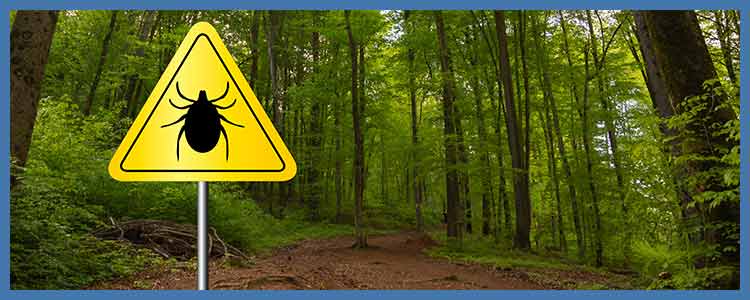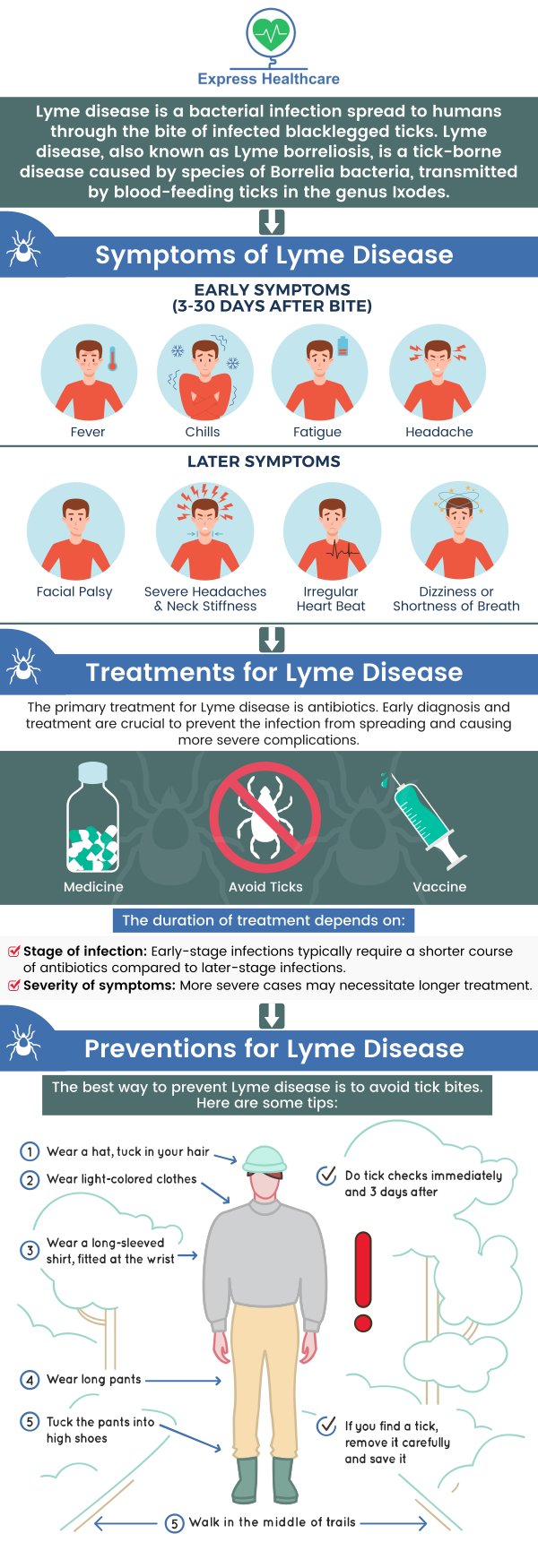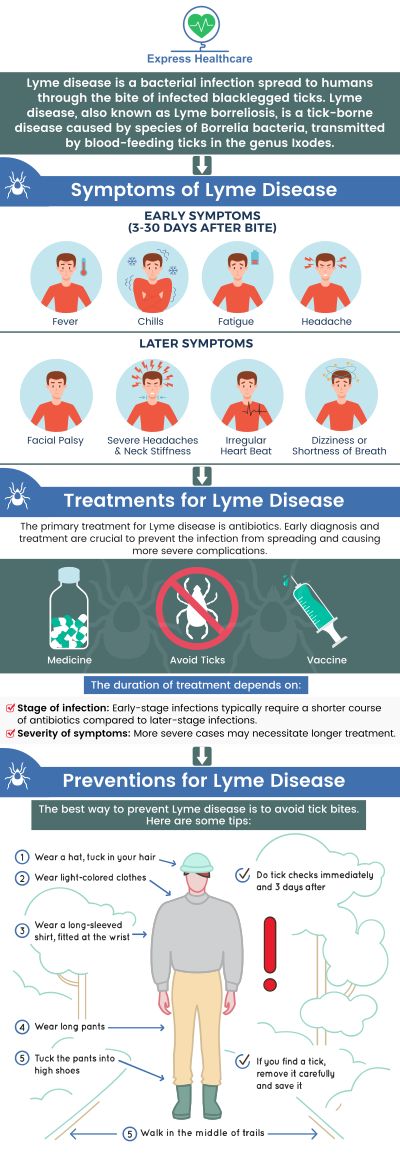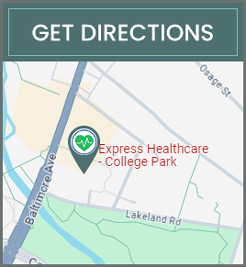Lyme Disease Testing in College Park, MD
Lyme disease is an infection caused by bacteria transmitted by tick bites. If you have symptoms of Lyme disease and have been exposed to ticks that carry the bacteria that causes Lyme disease, you may require a test. Lyme disease symptoms usually appear 3 to 30 days after a tick bite. Fever, headache, weariness, chills, and a rash are some of the symptoms. Come to Express Healthcare for treatment. For more information, contact us or schedule an appointment online. We are conveniently located at 4701 Melbourne Place College Park, MD 20740.





Additional Services You May Need
▸ EKG, Stress Tests, Cardiology
▸ Physical Therapy
▸ Internal Medicine
▸ Urgent Care
▸ Vaccines & Immunizations
▸ On-Site Lab Screening
▸ X-Ray & Imaging
▸ Women’s Health
▸ Occupational Health




